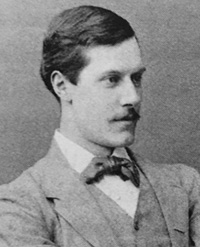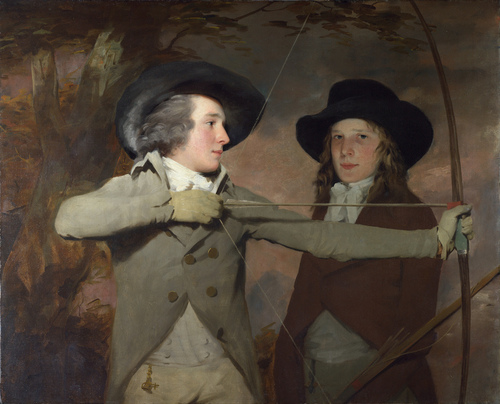Robert Harry Munro Ferguson
(1867-1922)


'Archers' by Sir Henry Raeburn at the British National Gallery
Robert Harry Munro Ferguson was born on June 8, 1868 in Raith, Scotland. His father, from an illustrious family, died one year after Robert’s birth. On the paternal side of his family, his grandfather and great-uncle were immortalized in the famous painting by Sir Henry Raeburn entitled, “The Archers,” which now hangs in the National Gallery in London. As the third, and last, son, Robert, or Bob, grew up knowing he would have to find his own way in life with somewhat limited funds. He probably followed his brothers to Eton but whereas his eldest brother, Ronald succeeded his father as head of the family estates and his brother Hector joined the military and served in the famous Black Watch, Bob left England to try his luck in America.
Once in New York City, Bob was drawn to Anna Roosevelt Cowles, who was known for gathering “a circle of attractive young men around her.” As a “mournfully handsome” and entertaining young man, he quickly became one of her favorites.1 Meeting Theodore Roosevelt through his sister, Anna, Bob and Teddy became close friends and went hunting together several times—once they stayed for a time with Patty and Tilden Selmes in St. Paul on their way west. Going to Canada in 1893, Bob was appointed as aide-de-camp to Lord Aberdeen, who was the Governor General. Returning to New York City in 1896, he began working for Douglas Robinson’s real estate company and John Jacob Astor (who died on the Titanic). Robinson was married to Roosevelt’s sister, Corinne, so Ferguson’s relationship with Theodore helped him financially and, later, socially.
When the Spanish-American War broke out in 1898, Robert was quick to volunteer with Roosevelt and he became part of the famous Rough Riders. The camaraderie these men shared during their exploits in Cuba helped to forge close friendships that would last a long time. Robert befriended two men in particular whose paths he would cross several times in the future. Dave Goodrich, nine years younger than Ferguson, was a son of B.F. Goodrich, who was a first cousin to Julia Dinsmore. The two men developed a very close relationship and when Bob married it was Dave he asked to be his best man. John C. Greenway was the other man he befriended; by the time Bob died, though, he would not be quite so fond of Greenway as he was of Goodrich.
During the New York social season of 1904-5, Patty and Tilden’s daughter, Isabella, made an extraordinary splash into the social scene. Bob had known the Selmes family for years and corresponded with both Tilden and Patty until after Tilden’s death, so Isabella would have been familiar with Bob before she saw him in 1903 when they both attended Dave Goodrich’s wedding in Albany. It was said of that day that she “had more attention than anyone in sight....Men were chasing around asking who she was and to be presented.”2 Throughout her first—and only—social season, Isabella had many young admirers from which to choose, but by May 1905, Bob appeared to be first on her list. In ill health, he followed Isabella to the Dinsmore farm where she planned a quiet retreat away from the city. While there he convinced her to accept his proposal of marriage.
Thirty-seven at the time, one might wonder why the nineteen-year-old Isabella would agree to marry him—he was not an heir to some large Scottish estate and he was not rich like the Roosevelt family. According to Isabella’s mother, he “has enough [money] to make Isabella comfortable and all the things which money cannot buy which will make her happy.”3 It is quite possible that Isabella saw her husband as a sort of replacement for her father, who had died when she was only nine years old. The couple was married at the Long Island home of Frank and Sally Cutcheon in a small ceremony on July 15th that was attended by President Theodore Roosevelt. Ferguson had wanted a quick wedding because he had already planned a trip back to Scotland in August and wanted to take Isabella with him. His trip was a great success, with Isabella endearing herself to his mother, brothers, and sisters and impressing the local villagers with her beauty and poise.
Although the early years of the marriage were happy ones, with the birth of Martha (1906) and Bobby (1908), this bliss was broken when Robert was diagnosed with tuberculosis less than a year after his son was born. His doctor’s recommended that he seek treatment in Saranac Lake in the Adirondacks where there was a sanatorium for tubercular patients. After two years of treatment, it was recommended that Robert move west where the air was drier. He and Isabella chose a site near Silver City, New Mexico, in Cat Canyon, where a number of tents surrounding two small buildings became their new home. Julia Loving and Patty Selmes accompanied the Ferguson’s to lend a hand in creating something domestic in the wilderness. The situation must have been especially hard on Bob, whose life had been turned upside-down. From a businessman who mixed with the country’s elite, he was now a broken man who often could not pull himself out of bed. He could no longer have intimate relations with his wife, instead he watched as his illness wore her down and aged her beautiful face. Her friends and relatives were always cautioning her not to do too much and they considered it advisable that she get away from Bob a few months each year. Selflessly, he agreed, but he missed her every time she left.
While he always remained fond of his wife, their relationship was forever altered when John Greenway, his fellow Rough Rider, admitted to him that he was in love with Isabella. Bob insisted that the two always have chaperones with them, but there was little else he could do. In 1913, he convinced Isabella that they should make a permanent home, so they filed a homesteader’s claim to a piece of land near Tyrone, New Mexico. There they built a large, spacious house and dubbed it the Burro Mountain Homestead. Today, it is the central lodge for a group of amateur geologists, and the initials of the children can still be seen in the large fireplaces that stand at each end of the great hall, which served as the main room. Bob doted on his children, helping them with their lessons and encouraging their interest in animals and gardening. In 1919, when his brother, Ronald, suggested that Bobby should be made his heir and be educated in Great Britain, Bob thought it over carefully, but realized that he did not want his son so far away from him. In 1920, he allowed Isabella to build a house in Santa Barbara so the children could receive an education that would prepare them for a university.
Bob’s illness often made him impatient and ornery at times, but Isabella was very understanding, writing him in 1921, “Dads, dearest, let me say to you what I do so often say of you. One of the everlasting wonders that I shall carry through my life is your never having complained once, and the good cheer and interest you have, when too often you must have been unmercifully tired.... I bless you for your supreme courage....”4 He died of kidney failure on October 4, 1922, laying in the arms of his son, Bobby, and his family accompanied his body on the long train ride back to the Dinsmore farm where he chose to be buried in the family graveyard. When Isabella entered the old house, the first thing she noticed was his Stetson hanging on the hat rack in the hall, left there by Bob when he was courting Isabella seventeen years earlier. She later wrote to a friend, “No words can describe the emptiness after all these years, during which his spirit of progress, his desires and care for us, filled life’s least nook and cranny.”5 In 1984, Bobby died and requested that his body be buried with his father’s in the family graveyard.
1 James Brough, Princess Alice: A Biography of Alice Roosevelt Longworth (Boston: Little, Brown and Company, 1975), 102.
2 Kristie Miller, Isabella Greenway: An Enterprising Woman (Tucson: The University of Arizona Press, 2004), 24.
3 Patty F. Selmes to Sarah B. Selmes, 20 July 1905.
4 Isabella Ferguson to R. H. M. Ferguson, 26 April 1921.
5 Quoted in Kristie Miller, 112.
